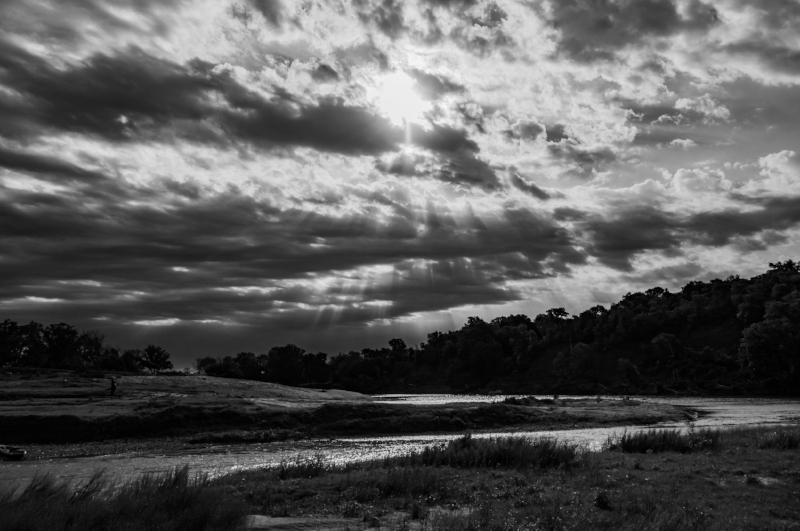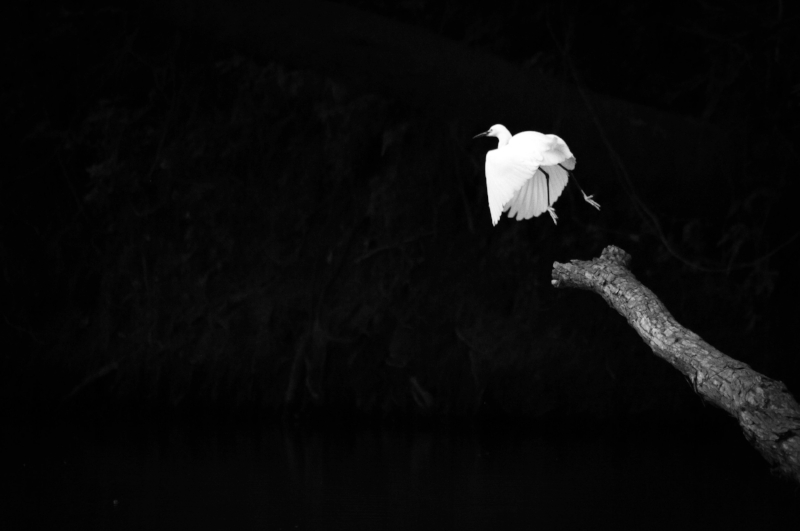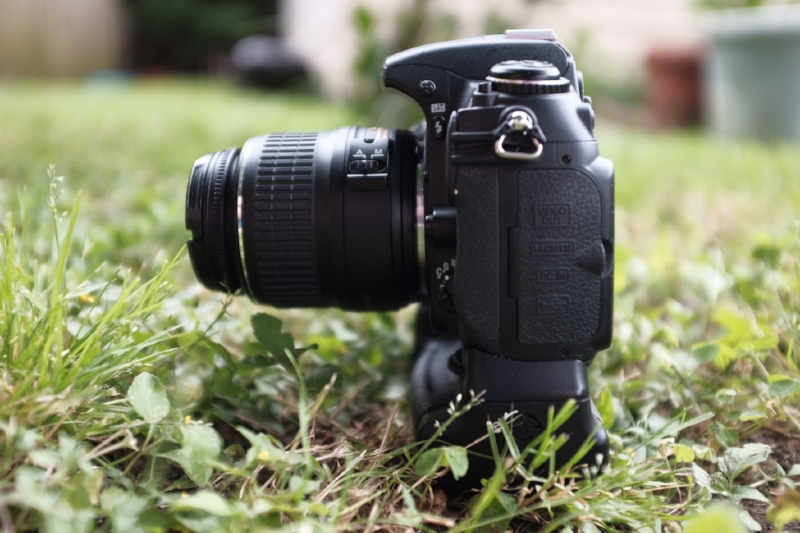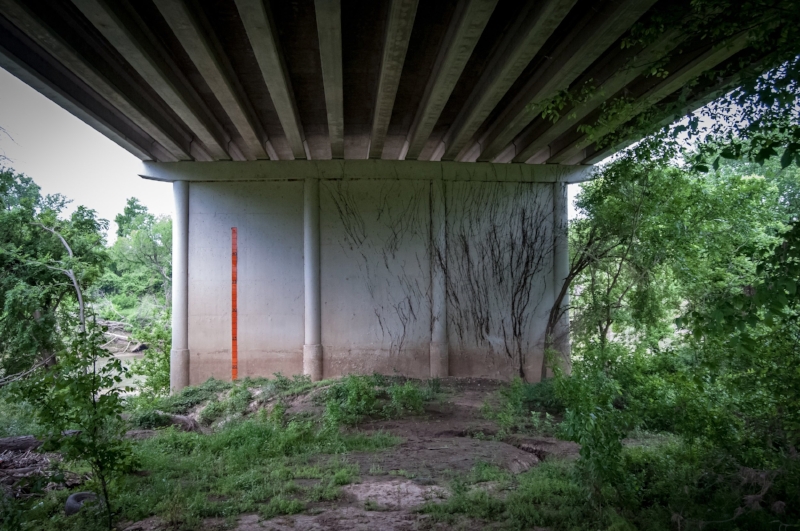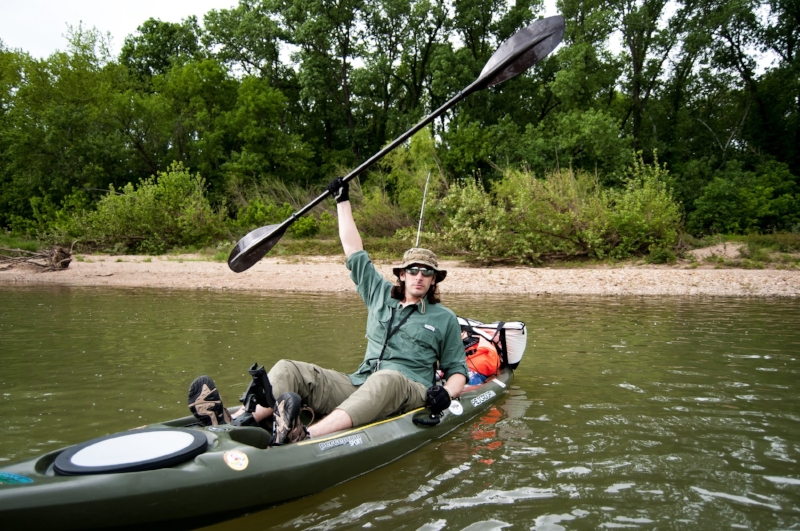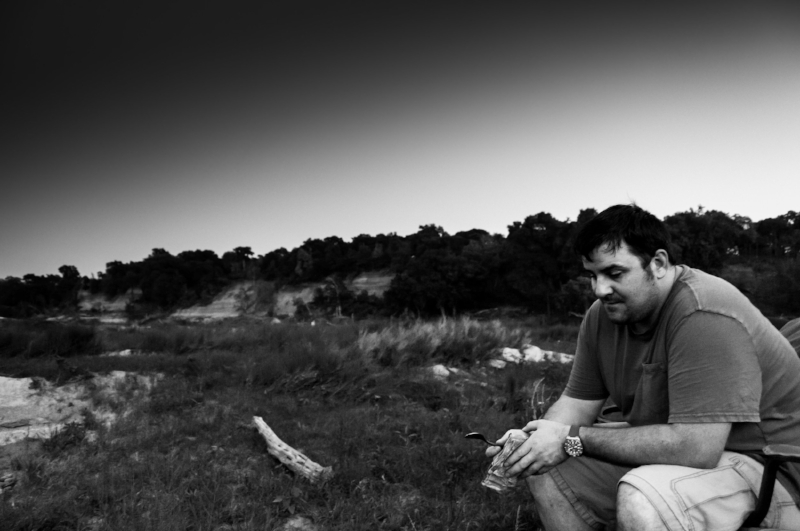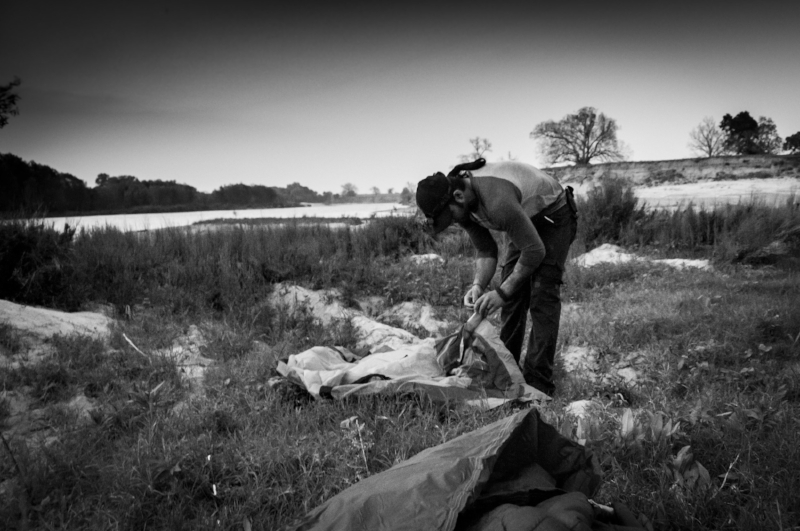Nikon D300 in 2018: Two Days On The Colorado River With A Wet 10 Year Old Camera
Introduction
I recently faced a conundrum that I'm sure other photographers have faced at one time or another: I had planned a backcountry trip with friends but I didn't know what camera gear to bring. Specifically, I'd be kayak-camping on the Colorado River. The conditions would be sandy and wet with the possibility of a full blown dunk in the water. I'd need something simultaneously cheap (in case I dunked it), rugged (in case I dunked it), and good (because I wanted to take good pictures). What I chose was the ancient (by camera standards anyways) Nikon D300.
The Gear I Chose and What I Didn't Take
Normally I shoot Fujifilm gear, even on my kayak. The water I typically take my gear on is calm water with little risk of tipping over. I also take it in a fully water-tight pelican case. The Colorado River was an unknown to me and I didn't want to risk my Fujifilm cameras or lenses, and I was right to be cautious (more on this in a minute). I went to my local camera store (a real camera store, not Best Buy), and looked through their used section for what I'd choose to take with me.
I settled on a Nikon D300 with only 40,000 clicks on the shutter (these cameras are rated for at least 150,000, so I've got 110,000 pictures left to go) with a battery grip for the handsome sum of $150.00. I also bought a kit 18-55mm and an old 50-210mm for $30 a piece. At $210.00, this kit is cheaper than my cheapest Fujifilm lens, let alone any of my Fujifilm bodies. I figured, if I dumped it in the water, it wouldn't be the end of the world, and it might even survive it.
Additionally, the D300 was (back in 2007) a professional workhorse camera and still is a great choice for, what I call, a "kayak camera". The camera is a 12 megapixel APSC camera with a maximum burst rate of 8 frames per second (with the battery grip). It has weather sealing to protect it from the elements and it has a brick-outhouse-like magnesium alloy body.
My Fujifilm XT2 beats this camera in just about every aspect, except price. It has more megapixels, a higher burst rate, better dynamic range, faster focusing, wifi, and just generally better image quality and features. However, the XT-2 costs a ton of money. If I were to dump the Fujifilm in the water, I'd be really upset and would have a hard time replacing it. I thought about getting insurance, but most of the policies I saw had a $500 deductible. That's why I bought the D300. It was cheap enough to put in harms way, good enough to do the job, and tough enough to take the abuse.
How'd It Work?
I want to be absolutely clear here, I have NEVER tipped over a kayak or canoe.
NEVER.
That said, less than a full hour into my trip, I tipped my kayak over. My camera bag (a"water-resistant" but not "water-proof" boat bag I'll do a review on later) went into the water and was halfway submerged by the time I caught it and flipped it back into the boat. There was water all over my D300 and my lenses. I couldn't have been more grateful that my XT-2 was hundreds of miles away, safe and sound in my office.
I took out my travel towel and tried my best to dry off the camera and lens. After it was sufficiently dried, I turned it on and learned that the camera was fine and worked well, but the 70-210mm lens was a goner. I shot the rest of my trip with the 18-55mm lens. Once I got home, I put the 70-210mm in a plastic baggy with some of those little dehydration packets and it amazingly sprang back to life with no issues!
I have to say that I was seriously impressed with the rugged-ness of this camera. My XT-2 is supposed to have a rugged design and be weather resistant, but I can't help but think that if my XT-2 had taken the dunk, it wouldn't have made it. I love the XT-2 and for hiking and general use. However, for my various adventures, the Nikon D300 is a rugged and dependable option.
In post processing the images (I shot RAW the whole weekend), I did notice the D300's severe limitations when compared to my modern Fujis. The D300 is over a decade old. The shadow recovery was particularly poor. Every time I boosted the shadows in Lightroom, color noise appeared in the image like digital lice. It was terrible. That said, I decided to convert the images where this was a problem into black and white and it worked out well.
The camera is also only 12 megapixels. This isn't all that bad considering the Sony A7s is only 12 megapixels, the Fujifilm XT-1 is only 16 megapixels. However, if you start to crop at all with a camera like this, the images start to fall apart. I would recommend that you get your framing spot on in camera and you won't have any issues.
The last issue I'm going to bring up is that this camera has a true maximum ISO of 3200. Usually, this is more than enough. Especially with fast glass. However, for this trip I had only the previously mentioned 55-210mm and 18-55 kit lens. These aren't exactly "fast" lenses and the camera struggled once the sun started to set. I'm planning on getting a 35mm-50mm-85mm 1.8 lens to supplement my kit. However, it's something to keep in mind when planning your photography with the D300.
The Pictures
Without further rambling on, let's take a look at some more pictures.
You're about at the midway point here, so I figured I'd comment on the image quality from the D300. The colors from the Nikon were really impressive. I'm used to the Fujifilm colors (which are better in my opinion) and I previously shot entry level Canon DSLRs. I think that the colors out of this aging Nikon are wonderful. I was also really impressed with the 55-210mm lens (while it was working). It really rendered nicely and had lovely background blur when shot at 210mm close up.
I mentioned that I thought that the shadow recovery was quite poor, but those files converted to black and white nicely so the grainy shadow areas weren't as noticeable. The Nikon 18-55mm lens is kind of a dog, but I expected that. It was sharp enough around f8.0, but lower than that and the images were noticeable worse. My advice for this camera is to try to meter the scene evenly and get your framing right in camera. I usually meter for the highlights on my XT-2 and then pull everything else up in post. The Nikon isn't as forgiving which makes it a lot of fun to shoot. You have to hit the target rather than just getting near it. It really is an interesting experience.
Conclusion
I'm a huge fan of "throwaway cameras". First, I love being able to take a pro level camera into places you'd never dream of taking expensive gear. I love my Fujifilm cameras and I know they are supposed to be "durable" and "professional grade", but I don't trust that in consideration of the financial burden of replacing the camera or lenses. I looked into renting some cameras and buying the insurance on them, but that proved to be more expensive than buying the D300. In 2018 you have a great wealth of pro-level but outdated cameras that are cheap to buy with plenty of life left in them. This D300 is the perfect example of this.
Secondly, I love getting great results out of a camera that is basically considered to be obsolete. It shows that it really isn't the camera, but the photographer that creates the images. I do think these images would have been better if I had taken my XT-2, but considering I wouldn't have taken that camera, the pictures I got with the D300 are literally infinitely better than not taking a camera at all.
Lastly, I have to say that, while I love the size and lightness of mirrorless cameras, I have missed the feel of a big, chunky, magnesium alloy DSLR in my paws. As I said, the Fuji XT-2 beats this camera in every single technical aspect, but the D300 feels like a pro level tool. It just handles like a beast of a camera. pair one with some older metal Nikon lenses and you've really got a combination that's a pleasure to wield.
My recommendation is to buy some inexpensive camera gear and go get it dirty. Test it. Push it to its limits. See what kind of images you can get when you're not worried about breaking your gear. Be willing to dump your camera in the water, and, once you do, keep shooting it. You'll be genuinely impressed with the images you come away with, I promise you that.

